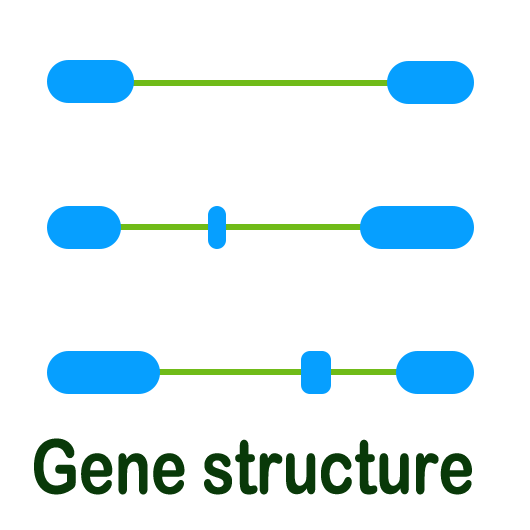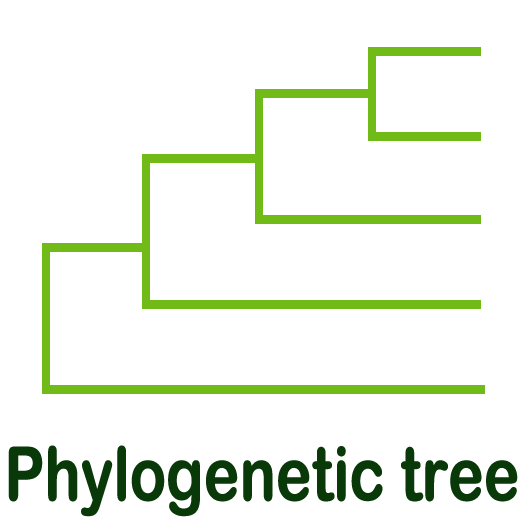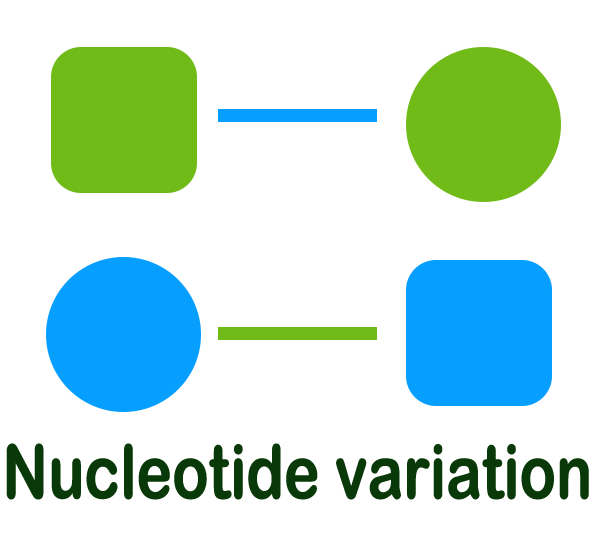TWGFD
The Tetraploid Wheat Gene Family Database
Welcome to PLD !
Phospholipase D (PLD) is a major type of phospholipase in plants and catalyzes the hydrolysis of phospholipids at the terminal phosphodiester bond to produce a free head group and phosphatidic acid (PA). Two highly conserved HxKxxxxD (HKD) domains are the common feature of PLD proteins. The functional domains near the N-terminus are diverse. Some PLDs contained a Ca2+-dependent phospholipid-binding C2 domain, while others contained the phox homology (PX) and pleckstrin homology (PH) domains. Increasing studies indicate that PLD and its product PA have been implicated in multiple plant growth and developmental processes, such as seed germination, seedling growth, pollen tube elongation, root hair growth, hypocotyl elongation and leaf senescence. PLD and PA are also found to play pivotal roles in signaling plant responses to various abiotic and biotic stresses, such as drought, salt, cold, light, wounding and pathogen.







